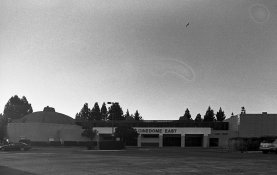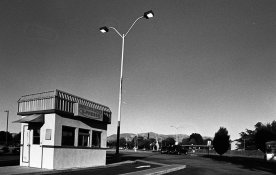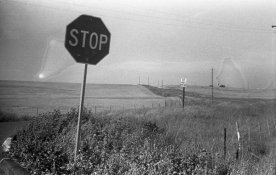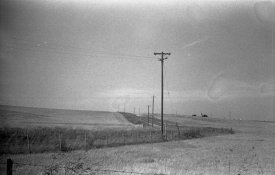Is not necesary You use distilled water. Kodak in Processing Black-and-White Films (page 15-6 and 15-7) for the motion picture film says:
http://motion.kodak.com/motion/uplo..._en_motion_support_processing_h2415_h2415.pdf
"
Water Quality
A supply of good quality water is very important to motion-picture
processing. Although tap water may contain some
impurities, most impurities have no photographic effect.
Those you should be most careful of include large quantities
of suspended organic matter, hydrogen sulfide, particles of
finely divided sulfur, and soluble metallic sulfides. These
can cause serious trouble with developers. Fortunately, these
impurities are not common to most municipal water
supplies.
Processing Black-and-White Films 15-7
Organic matter usually precipitates on mixing the
developer, but biological growths and bacteria can thrive in
developer solutions, forming a slime or scum on the walls of
the tank. Certain types of these growths act on the sulfite in
the developer and change it to sodium sulfide, a chemical
which fogs the emulsion. Proper agitation and cleaning the
developer tank frequently will prevent this. If alum carries
into the wash water from the fixer, organic matter already in
the water coagulates and settles on the film. You can avoid
this by filtering the water, or by adding boric acid to an acid
fixing bath (up to a maximum of 15 grams per litre).
Extremely hard water may produce a finely divided
precipitate when you mix the developer solution. The
precipitate usually settles on standing, but even if it remains
in suspension, it has no adverse photographic effect. If the
precipitate is objectionable, add KODAK Anti-Calcium or
Quadrofos. You may also see a fine precipitate when you use
certain developers even though they were clear when mixed.
This is normal and does not indicate poor mixing or impure
water. Again, it has no adverse photographic effect.
A chemical analysis of the water supply usually reveals
very little concerning its photographic usefulness. The most
useful test is to prepare the required photographic solution
with the suspect water sample and actually try it. Compare
your results with those obtained with the same solution
prepared with distilled water. In most cases, both of the
solutions will be alike in their photographic effect, even if not
in appearance."
If is a problem with water, almost certainly would appear spots with all developer the fault mentioned by you. It is best to do test: tap water and distilled water. You see.
Kodak mentions in Processing Black-and-White Films, for the motion picture film, the municipal water quality corresponds to in general photo use. How the technical requirements for movie film is big, I consider that the use of tap water can be used without problems for photo.
You must have more attention in the preparation of the developer (mixing) and spots will be a souvenir for you.
You can test that using homogeneous developers no longer appropriate to wet film before developing.
George


















